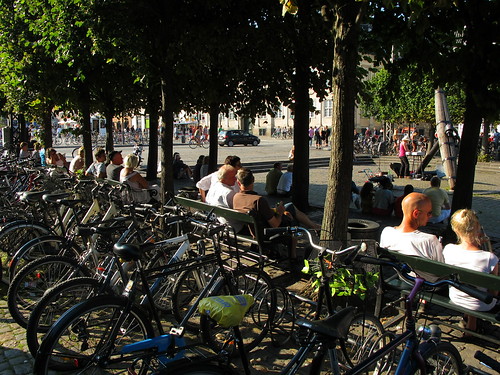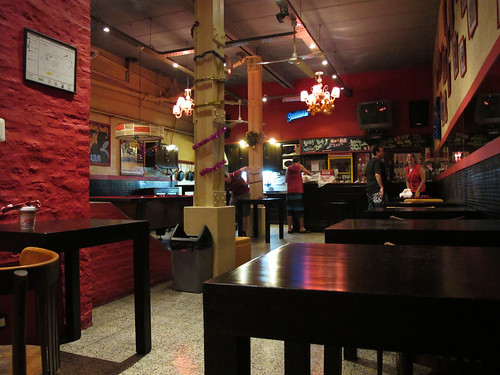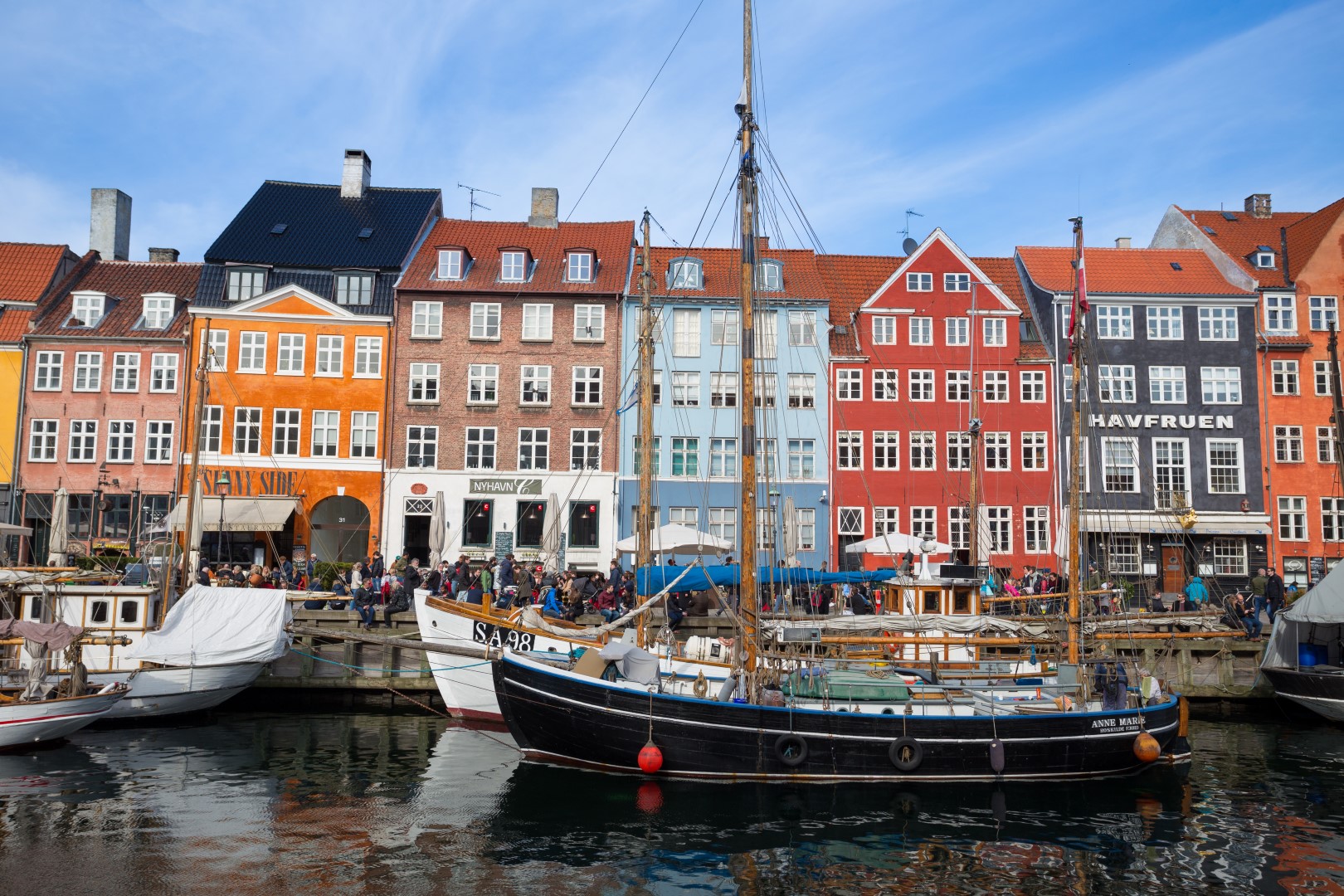How “Howdy” Has Made Me A Better Traveler – Considering Cultural Identifiers and Their Value
Each time we interact with a stranger there’s a significant amount of uncertainty. When that interaction occurs between people from different backgrounds, cultures, and languages that level of unknown is magnified significantly. To convey our background and express ourselves while reducing that uncertainty we dress a certain way, talk a certain way, and when it comes to travel, we present ourselves a certain way.
It’s a common desire among travelers to fit in. This has significant advantages in the form of increased safety, added opportunity for cultural immersion, and the chance for increased experiential engagement. However, it also makes it significantly harder for you to communicate basic information about yourself to the strangers you have an active desire to communicate with.
While we will almost always be readily identifiable as a visitor to locals due to the brands we wear, the camera slung around our shoulder, or the day-backpack we’ve got strapped to our backs it is fairly easy to start to blend in, should you desire it. At which point you’ll notice your interactions begin to change, both with locals and other travelers.
So, where does “Howdy” come into this?
The moment you open your mouth and utter a word the people you’re interacting with will know that you’re an outsider. Often, what they’ll have trouble identifying is where you are from, and how to engage with you. Unless, that is, you decide to help them. As an American from the southwest, that’s where the word howdy enters my equation.
With one word, I can share a wealth of information with the person I’m striking up a conversation with. It tells them I’m probably from the USA, that I’m a native English speaker, that I’m ok with a slightly more casual interaction, and that I’m likely friendly. One word used at the very onset of the conversation creates and establishes a baseline of common information upon which we can build a more comfortable interaction and less awkward conversation.
To be clear, I’m not suggesting that you always use a cultural identifier, only that you consciously add one to your vocabulary.
A Few Examples
The first time I realized the benefit of using a cultural identifier, howdy in this case, was during an off-season trip to the Greek island of Crete. I’d been on the road for 2+ months already, and was apparently dressing more like a European than an American. When combined with my international features I could have been from almost anywhere. Time and time again in stores, or when interacting with street vendors they would approach me and begin to work through a variety of languages. Most started with German, then switched to French, then often Italian before eventually growing slightly frustrated and defaulting to English. These were individuals I wanted to communicate with (otherwise a simple smile and shake of the head would have been sufficient), but with whom I was accidentally making communication significantly more difficult. The moment I started responding to their inquiry with the same smile, and a howdy we immediately began communicating more effectively.
Hostel common areas provide another excellent example. In these spaces there’s really only one well grounded assumption to be made – that the people you’re about to interact with could be from anywhere in the world. In these spaces the level of social uncertainty is magnified. While almost everyone is eager to socialize and interact, there’s a high level of uncertainty in the initial interaction. In these types of situations everyone is hungry for any hint that helps them relate and connect with the other people. Once again, this is a perfect chance to use a cultural identifier to help reduce uncertainty and build common ground.
A third is when locals or other tourists approach you with questions, which I find happens surprisingly often. These instances can be somewhat awkward, as you may or may not have a decent familiarity with the area or subject they’re asking about. They’ve approached you, a perfect stranger, with the assumption that you’re probably a local, and have already taken a social “risk”. One made more awkward if you don’t understand their inquiry, or if you have to ask them to re-state it. A process which can be accelerated, or avoided all together with a word or two right off the bat. The added benefit is that words like bonjour and howdy can be spoken immediately, even if the other person has already started to talk without being impolite.
Subtle Language Requests
To be fair, when you use a cultural identifier like howdy, you’re doing more than just expressing information about yourself. You’re also subtly inviting the other person to have the conversation in your native language. If you’d prefer to try and remain in the other person’s native language it may be worth considering what regional salute is suited to that language, or opening with your own cultural identifier and then adding a brief phrase in the local language. This tells them your native language, but then also indicates that you’re interested in continuing in their language.
Think about your interactions both while abroad, and with visitors in your home region. Where are you from? What words might you use to identify yourself? Can you think of a time when you used a cultural identifier, or perhaps did not and should have?
Affiliate link: Itching to learn a language? Consider picking Rosetta Stone Software up over on Amazon.




i love this. often, i say “hey” which just cracks me up, but it works!!
Yep, it does the job!
Good article! 🙂
Thanks Dan!